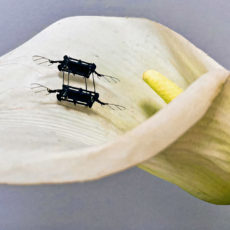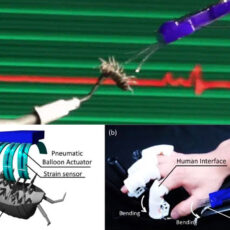
Robotic insects developed by engineers at the University of California San Diego will help researchers better understand how insect flight evolved. Some insects in nature use their brains to activate their flight muscles with each wingstroke, called synchronous flight.
Other insects flap their wings without using their nervous system controlling each wingstroke, as they are automatically activated when stretched. This is called asynchronous flight, enabling some mosquitoes to flap their wings more than 800 times a second. These small robotic insects helped researchers determine that synchronous flight actually evolved together in one common ancestor, while some groups of insect species remained asynchronous.
- Home Décor - Features 9 different LEGO artificial decorative plants creating a succulents low-maintenance display to enhance your office or home...
- Realistic Bloom - Bring nature indoors with this LEGO set for adults! Inspired by real-life plants and flowers, this set adds a contemporary touch to...
- Vibrant Design - Admire the different shapes, textures and colors that make up the display, with each plant mirroring a real-life variety
We were able to provide an understanding of how the transition between asynchronous and synchronous flight could occur. By building a flapping wing robot, we helped provide an answer to an evolutionary question in biology. The robot experiments provided a possible pathway for this evolution and transition. This type of work could help usher in a new era of responsive and adaptive flapping wing systems,” said Nick Gravish, a professor at the UC San Diego Jacobs School of Engineering and one of the paper’s senior authors.










